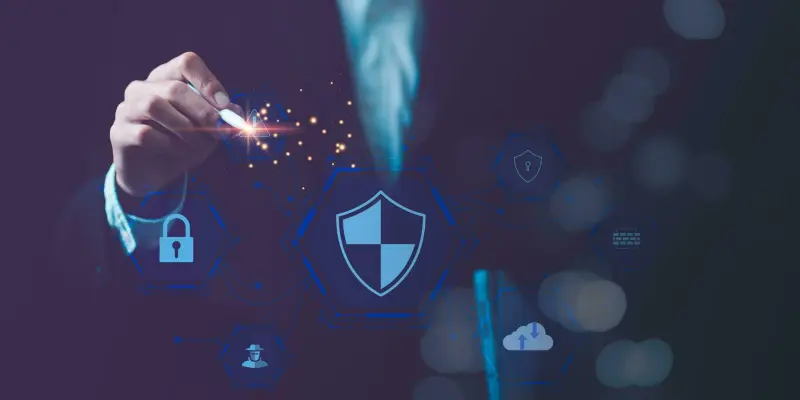Recently, a stark revelation has alarmed users of SonicWall’s Secure Mobile Access (SMA) 100 series products. Critical vulnerabilities have been identified within these systems, presenting significant risks that could allow malicious actors to gain root-level access. The flaws specifically affecting SMA appliances, including the 200, 210, 400, 410, and 500v models, are linked to firmware versions 10.2.1.14-75sv and earlier. Research carried out by Rapid7’s security analysts has highlighted three vulnerabilities: CVE-2025-32819, CVE-2025-32820, and CVE-2025-32821. Each enables various forms of exploitation that compromise system integrity. These discoveries draw attention to the potency of vulnerabilities that, once exploited, can provide attackers with the ability to execute remote code under the guise of legitimate authentication. It raises a pressing question about the measures users can implement to protect their infrastructures amid these formidable challenges, underscoring the need for immediate remediation efforts and strategic cybersecurity planning.
Understanding the Vulnerabilities
The nature of these vulnerabilities is deeply concerning. They have the potential to grant significant access to unauthorized users, making it imperative to understand the mechanisms at play. CVE-2025-32819 involves arbitrary file deletion, which can lead to unfortunate system resets and potential loss of critical data. Such an action can disrupt normal operations and allow attackers to clear logs or other security measures that might otherwise notify administrators of a security breach. Another vulnerability, CVE-2025-32820, consists of writable directory injections, enabling attackers to modify system directories and potentially introduce malicious software or alter system behavior to suit their agendas. The third vulnerability, CVE-2025-32821, involves remote command injection via file uploads. This injection avenue allows attackers to execute unauthorized commands on the system by simply uploading specific files, which offers a direct path to manipulate system operations or embed malware within the device. Together, these vulnerabilities create a hostile landscape that can be exploited in conjunction, creating a devastating impact requiring effective defensive strategies from users.
SonicWall’s Response and User Mitigation
Amidst growing concerns, SonicWall has responded with urgency to these security threats. The company released a firmware update, version 10.2.1.15-81sv, designed to patch and eliminate the vulnerabilities identified in the SMA 100 series products. Security experts unanimously recommend organizations deploying these devices apply the update without delay, emphasizing the critical need to shore up defenses against potential exploits. Yet, for those who face immediate barriers to updating, SonicWall offers interim mitigation strategies to help minimize risk. These include enabling multifactor authentication to create an additional layer of security beyond standard login credentials, utilizing Web Application Firewall features to filter potential threats from incoming traffic, and performing immediate user password resets to obstruct unauthorized access attempts. Furthermore, reports suggest there have been instances of CVE-2025-32819 exploitation in the wild, underscoring the urgent requirement for swift action to protect infrastructures and maintain organizational security.
Strategic Insights and Future Considerations
Recent discoveries have raised alarm among users of SonicWall’s Secure Mobile Access (SMA) 100 series products due to critical vulnerabilities. These weaknesses, identified in SMA appliances such as the 200, 210, 400, 410, and 500v models, are linked to firmware versions 10.2.1.14-75sv and earlier. Security researchers at Rapid7 unveiled three specific vulnerabilities: CVE-2025-32819, CVE-2025-32820, and CVE-2025-32821. These flaws allow for various exploits that can severely compromise the system, granting malicious attackers root-level access and enabling remote code execution disguised as legitimate processes. This revelation underscores the urgent need for users to address these security challenges through immediate remediation efforts and strategic cybersecurity measures. As these vulnerabilities can drastically affect system integrity, implementing robust protections is essential to safeguard infrastructures against potential threats posed by the exploitation of these vulnerabilities.

